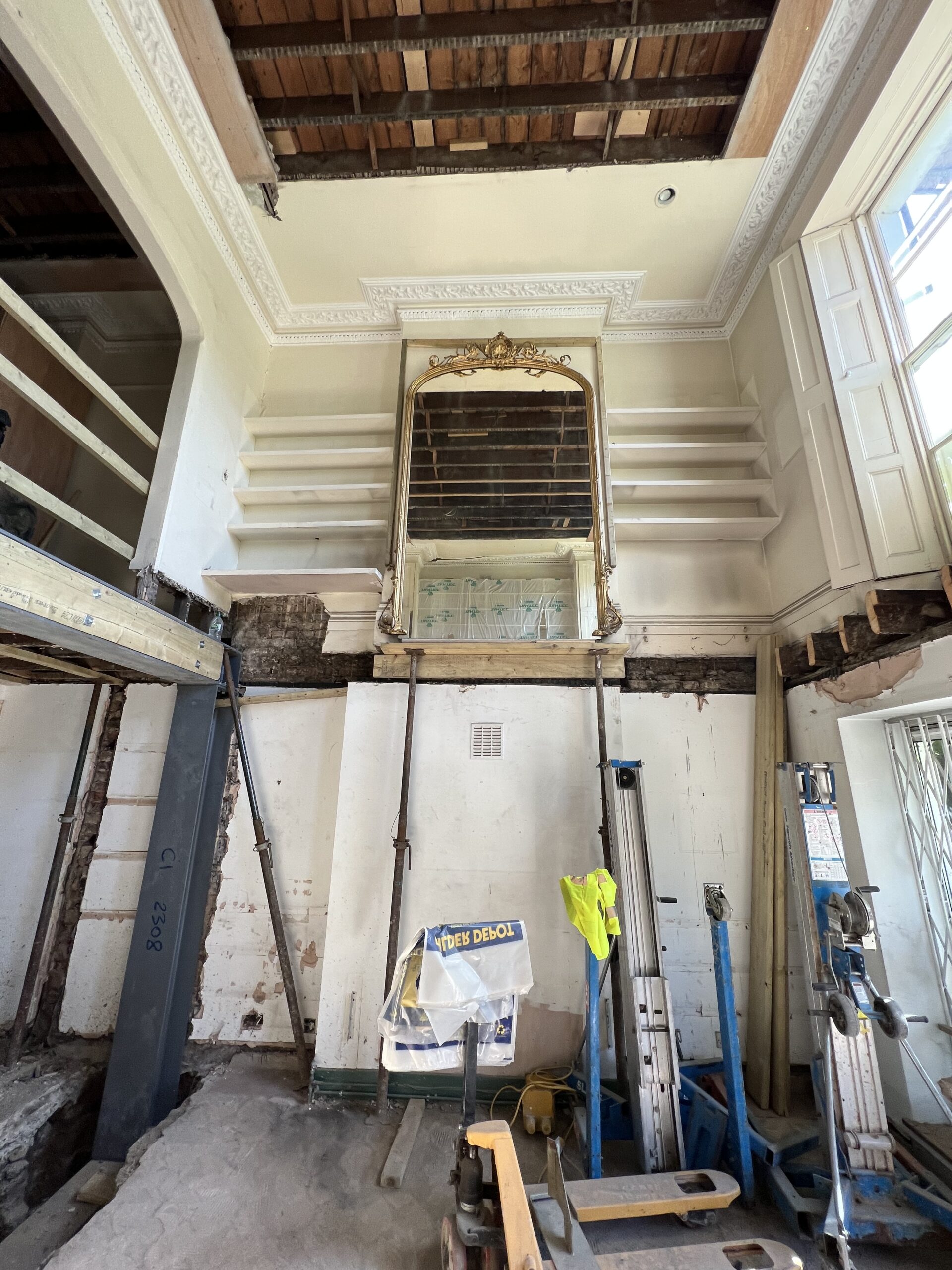Party Wall agreement, a process involving technical and diplomatic skills
Most of England’s refurbishing and extension
projects will likely be built on or close to a neighbouring boundary.
This process is regulated by the Party Wall Act
1996, the origins of which date back to the thirteenth century.
We always recommend getting your neighbours
involved since the first stages of the project, inviting them for tea while
explaining the project and the party wall process (sure, you can click on it for the whole technicalities).
That’s the essential diplomatic part of the
process. Usually, your neighbour will be much more receptive if they are
involved in the discussion early instead of discovering the project via a
planning consultation letter.

Our experience involves successful collaborations
between neighbours; the latest one is in Tufnell Park, where laa architecture
carries out a double rear extension.
We started an early neighbour consultation for the
first extension to discover that the owners of the adjoined property were keen
to extend their house, too.
We were appointed for this project, too, which made
the whole course smoother. No planning objections were raised, and both will
build astride the boundary.
Be aware that some potential issues, such as tree
root protection areas, could be raised or if your neighbouring property has
restrictive covenants about building close to a neighbouring property. In those
cases, an early appointment of an arboriculturist and a solicitor could prevent
the latter issues from arising.
If you want to discuss your project, feel free to
contact us. We’ll happily guide you in the right direction towards realizing
your dreams.


